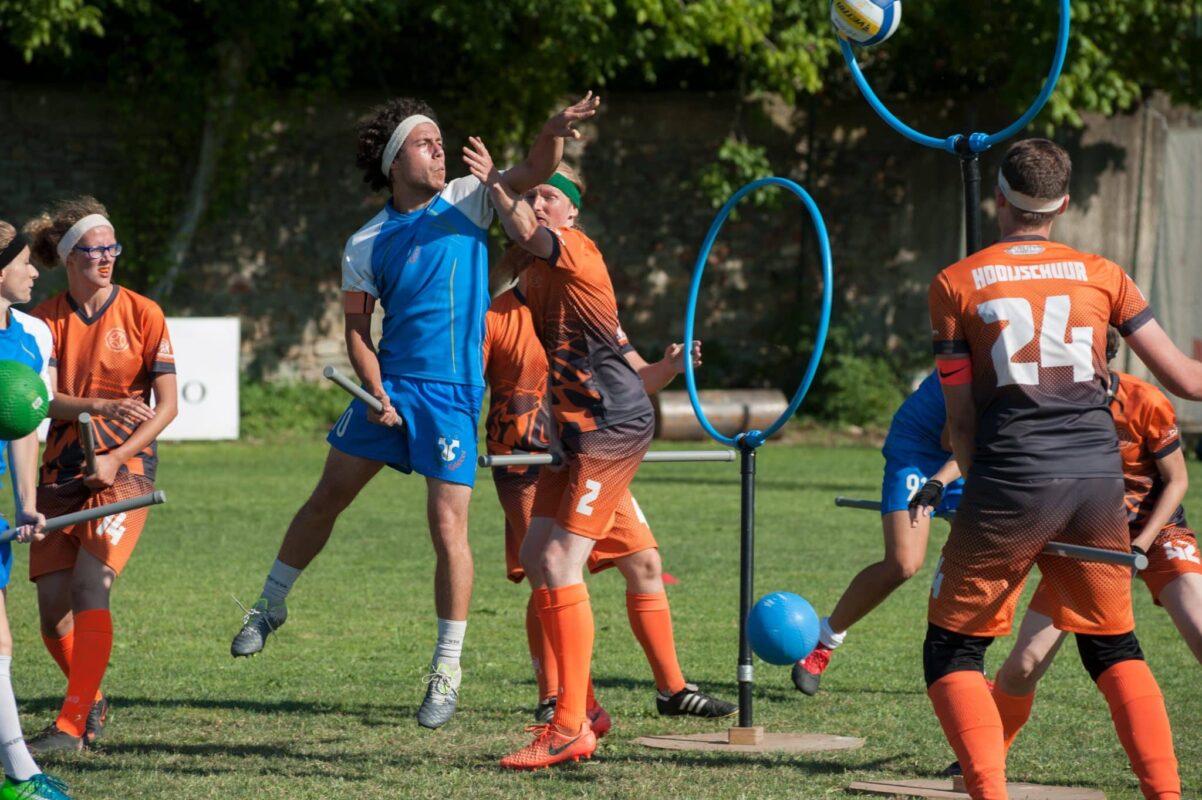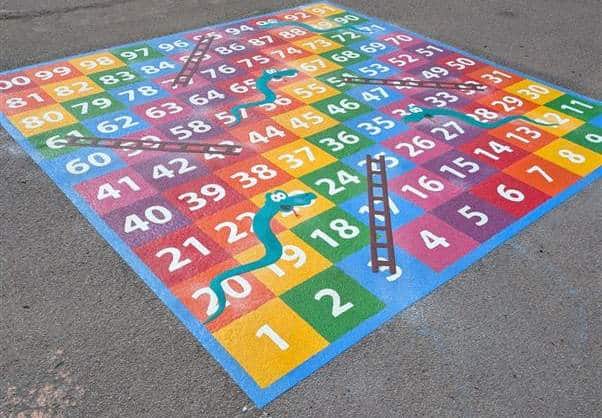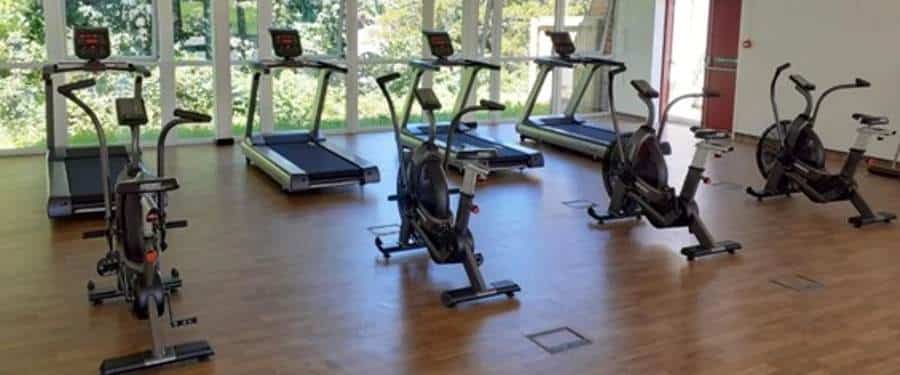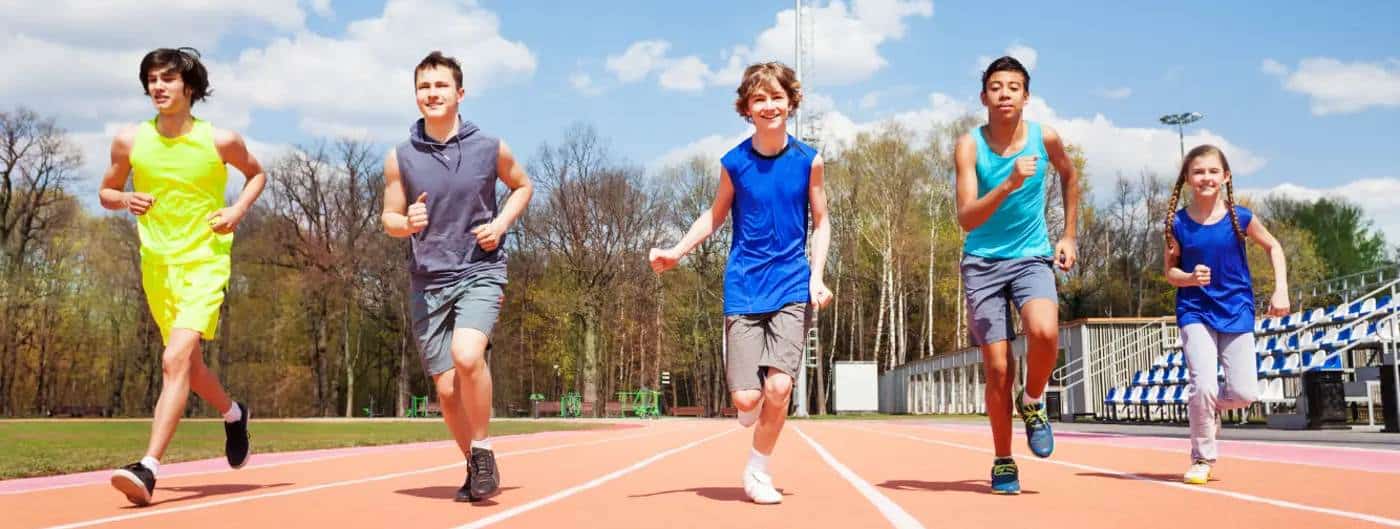[row]
[col span__sm=”12″]
[row_inner]
[col_inner span=”6″ span__sm=”12″ divider=”true” padding=”0px 0px 0px 0px” margin=”0px 0px 0px 0px”]
[ux_text class=”article-intro”]
It may seem like a real faff but prepping your sports equipment and facilities for winter is soooooooo worth it. After all, why spend all that money on quality kit only to ruin it through lack of care?
The trick is to get ahead of the season. Climate change may be messing around with traditional weather patterns but we can still rely on a good dose of rain, wind and colder temperatures at some stage over the coming months. Think ahead, get ready and keep sporting!
[/ux_text]
[ux_banner height=”446px” height__sm=”600px” bg=”28011″ bg_size=”original” bg_color=”rgba(0, 0, 0, 0)” bg_pos=”100% 32%” link=”https://sportsafeuk.com/shop/coloured-light-weight-balance-bench/”]
[/ux_banner]
[divider height=”1px” color=”rgb(255, 255, 255)”]
Here are some main aspects to consider:
- Buy quality equipment to start with. Get the best you can afford for longevity potential.
- Use the equipment for its own purpose. A basketball post is not designed to double as part of a makeshift football goal; a climbing frame should not become a display board with pinned-on posters.
- Clean it. You clean your teeth! Same principle – clean your equipment to make it pleasant to use and to help it to last longer. If you want your expensive equipment to last as long as possible, you must take care of it properly…One of the most important things you can do to prolong the life of your sports equipment is to clean and maintain it regularly.
- Storage. Everybody needs a home to be safe, protected and comfortable…your sports equipment appreciates the same treatment. There are covers available for large items that have to stay outside in all weathers and all sorts of outdoor lockers,
- Inspect. However well you look after your sports equipment and facilities, there are some things that only a professional inspection can pick up to guarantee your resources are as safe as they can possible be. Make sure that you have a regular, expert inspection booked at least once a year and follow up on any recommendations.
The Health and Safety Team is often asked if Gymnastics, Sports Hall, Fixed Play, Fitness and Sports Equipment needs to be inspected annually and the answer is YES!
The regular maintenance of sports hall, gymnastics, fixed play, fitness and sports equipment is essential for safety. ‘Regular’ is not time defined by the BSI. However, it typically means annually, with more frequent inspection where use is higher than normal for a school (such as where community use adds significantly to equipment usage).
BS EN 1176 recommends a more rigorous approach for outdoor fixed play equipment, recommending recorded visual, periodic and annual engineering inspections by a competent person.
[/col_inner]
[col_inner span=”6″ span__sm=”12″ padding=”0px 0px 0px 0px”]
[ux_image id=”28010″ image_size=”original” height=”100%”]
- Repairs. It can be tempting to push your equipment to the limit and just hope it holds out. Unfortunately, this can end in risky and frustrating damage to either you or the equipment and be an expensive option. Much better to go for a modern version of the ‘make do and mend’ mantra. Keep an eye on your equipment, anticipate any weaknesses and sort them out to increase the longevity of your sports resources.
Equipment failure in sports can have serious consequences, such as injuries, lawsuits, or lost revenues.
- Keep a list. It can feel much more manageable to keep everything in good order if you have a structured system or list. This way, you know what you have got to check and you do not risk missing anything, making it easy to establish an efficient, less onerous routine.
In summary – you’ve got to buy as good as you can at the start; use equipment properly; store it securely; get a safety routine established; check everything regularly; and get the experts in for proper safety reassurance.
What is more, if you keep your equipment clean, all of the above will be easier, more pleasant and cost-effective…so let’s take a look now at some top tips for cleaning personal sports equipment and prolonging the life and safety of your key facilities and resources.
- Prevention is better than cure. Prevent a build-up of filth in the first place by wiping down all your sports equipment after every use and airing them out — yes, even your shin pads or rugby scrum cap!
- Inside out. Where possible, turn your equipment or activewear inside out. Most grime builds up on the inside of your gear. Turning it inside out also protects the colour.
- Traditional. Use a bucket of warm water and laundry detergent to wash your sports kit by hand. An old soft toothbrush and a microfibre cloth are useful for scrubbing here.
- Odour Away. Add 1-2 tablespoons of white cleaning vinegar OR baking soda helps combat nasty odours. Don’t use both at the same time as it can foam up and leave a sticky mess!
- Air is Best. Let it soak for a couple of hours, then squeeze out the excess water. You can use a towel to blow dry. Air dry. Avoid using the tumble dryer for sports equipment. Hang on the washing line or dry flat on a towel.
In cold climates…you’ll need to make sure that your equipment is adequately dry before storing it away.
[/col_inner]
[/row_inner]
[/col]
[/row]
[row padding=”0px 0px 0px 0px”]
[col span__sm=”12″]
[ux_banner height=”56.25%” bg=”28012″ bg_overlay=”rgba(0, 0, 0, 0.36)” bg_pos=”0% 0%”]
[text_box width=”65″ padding=”0px 0px 0px 15px” position_x=”0″ position_y=”100″ text_align=”left” text_depth=”5″ visibility=”hide-for-medium”]
[ux_text line_height=”1.35″ text_align=”left”]
Regular cleaning not only extends the life of your sports equipment (meaning buying less stuff), but it should keep people from backing away from your stink. And, if it is your kid’s sports gear that is assaulting everyone’s senses, get them involved in the cleaning process! It teaches them about hygiene and caring for their kit.
[/ux_text]
[/text_box]
[text_box width=”51″ width__md=”60″ padding=”0px 0px 0px 15px” position_x=”0″ position_x__md=”20″ position_y=”100″ text_depth=”5″ visibility=”show-for-medium hide-for-small”]
[ux_text text_align=”left” text_align__md=”center”]
Teachers and parents can help boost both skills and self-esteem
[/ux_text]
[row_inner]
[col_inner span=”6″ span__sm=”12″ divider=”true”]
- Explicit teachingof mechanics: Correct alignment of the body in order to maintain balance (e.g. aiming at and facing the body towards the target when throwing).
- Strengthen the ‘core’namely the central muscles of the body to provide greater body (especially trunk) stability.
- Simplify tasks
[/col_inner]
[col_inner span=”6″ span__sm=”12″]
- Improve muscle strengthto allow for better muscle control for speed and direction of movement.
- Improve muscular enduranceto increase the length of time with which the child can maintain balance and coordination.
- Improve sensory processing
[/col_inner]
[/row_inner]
[/text_box]
[text_box width=”51″ width__sm=”86″ scale__sm=”96″ padding=”0px 0px 0px 15px” padding__sm=”0px 0px 0px 0px” position_x=”0″ position_x__sm=”5″ position_y=”100″ position_y__sm=”95″ text_depth=”5″ visibility=”show-for-small”]
[ux_text text_align=”left” text_align__sm=”center”]
Teachers and parents can help boost both skills and self-esteem
- Explicit teachingof mechanics: Correct alignment of the body in order to maintain balance (e.g. aiming at and facing the body towards the target when throwing).
- Strengthen the ‘core’namely the central muscles of the body to provide greater body (especially trunk) stability.
- Simplify tasks
- Improve muscle strengthto allow for better muscle control for speed and direction of movement.
- Improve muscular enduranceto increase the length of time with which the child can maintain balance and coordination.
- Improve sensory processing
[/ux_text]
[/text_box]
[/ux_banner]
[/col]
[/row]
[row]
[col span=”6″ span__sm=”12″ divider=”true”]
Once you have got everyone taking care of their own kit, time to apply the same principles to keeping your sports buildings clean and safe through the winter months. Once again, best to anticipate and prevent rather than let the weather get the better of your plans.
- Boot it out. Strategically positioned boot scrapers can make such a difference. Get rid of those clumps of wet mud before they come anywhere near an indoor floor or even multi-use outdoor walkway. This will make it easier for individuals to clean their boots later; stops the mess around your school or sports centre; and helps to prevent the slip hazards that come with the winter wet weather.
- Lock it away. Not only does a good locker facility mean things are less likely to go missing but it also means there is no excuse for your students and players to leave things lying around. Winter wet clothing and shoes lounging around changing rooms or outside are unsightly, smelly and a trip hazard. If everyone has a locker, the responsibility is theirs and the facility becomes a clearer and more pleasant environment for all. There’s a great range of both indoor and outdoor lockers available nowadays…well worth a look.
- Get gritting. Even with all the above provision and care on your part, paths and walkways inevitably become slippery and potentially dangerous as the rain, snow and ice invade. Get ahead of the game with some grit and salt storage that is easily accessible and can be applied every time it’s needed. Keep everyone upright, on and off pitch.
- Surface savvy. Just as the grit will stop the slip, so it is well worth thinking properly about other surfaces and how they cope with the winter cold and wet. There are so many options to help you to keep outside sports on the agenda throughout winter. There really is no need any longer to endure flooded pitches, muddy sidelines, slippy courts or frozen walkways. Considerations might include artificial grass, polymeric surfacing or wetpour rubber crumb. Time to contact sports surfacing experts for some ideas to match your requirements and advice on cost and installation.
- Light up. With the nights drawing in, after-school and after-work matches are likely to be played, or at least finished, in the dark. Floodlights mean that your sports endeavours do not have to end with the arrival of winter. Floodlights keep your players playing but they also improve the general safety around the whole facility. People feel safer and can do more if they can see! Plus, a lit sports area is likely to be a more secure space in general.
- Fence off. Good quality, sturdy fencing can not only add a really professional look to your sports area but it can stop equipment being lost or taken and keeps spectators and players safely in their appropriate zones.
- Cover up. Portable goal posts that can be dismantled quickly or rolled away are safer, cleaner and have greater longevity if they can be stored undercover. If you don’t have a fixed building for storage, it might be an idea to look into individual covers or investing in outdoor storage designs specifically ready to cater for your larger equipment.
We hope that the above gives you some ideas this winter on how to keep your sports equipment and facilities clean, working, safe and good for many more winters to come! Keep sporting!
[/col]
[col span=”6″ span__sm=”12″ divider=”0″ align=”center” bg_color=”rgb(255,255,255)” sticky=”true” class=”article-stick”]
[section padding=”0px”]
For a better experience,
you can try these…
[ux_product_categories style=”default” type=”row” width=”full-width” columns=”2″ ids=”83,100,155,285,64,131,338,173,61,227″]
[/section]
[/col]
[/row]





